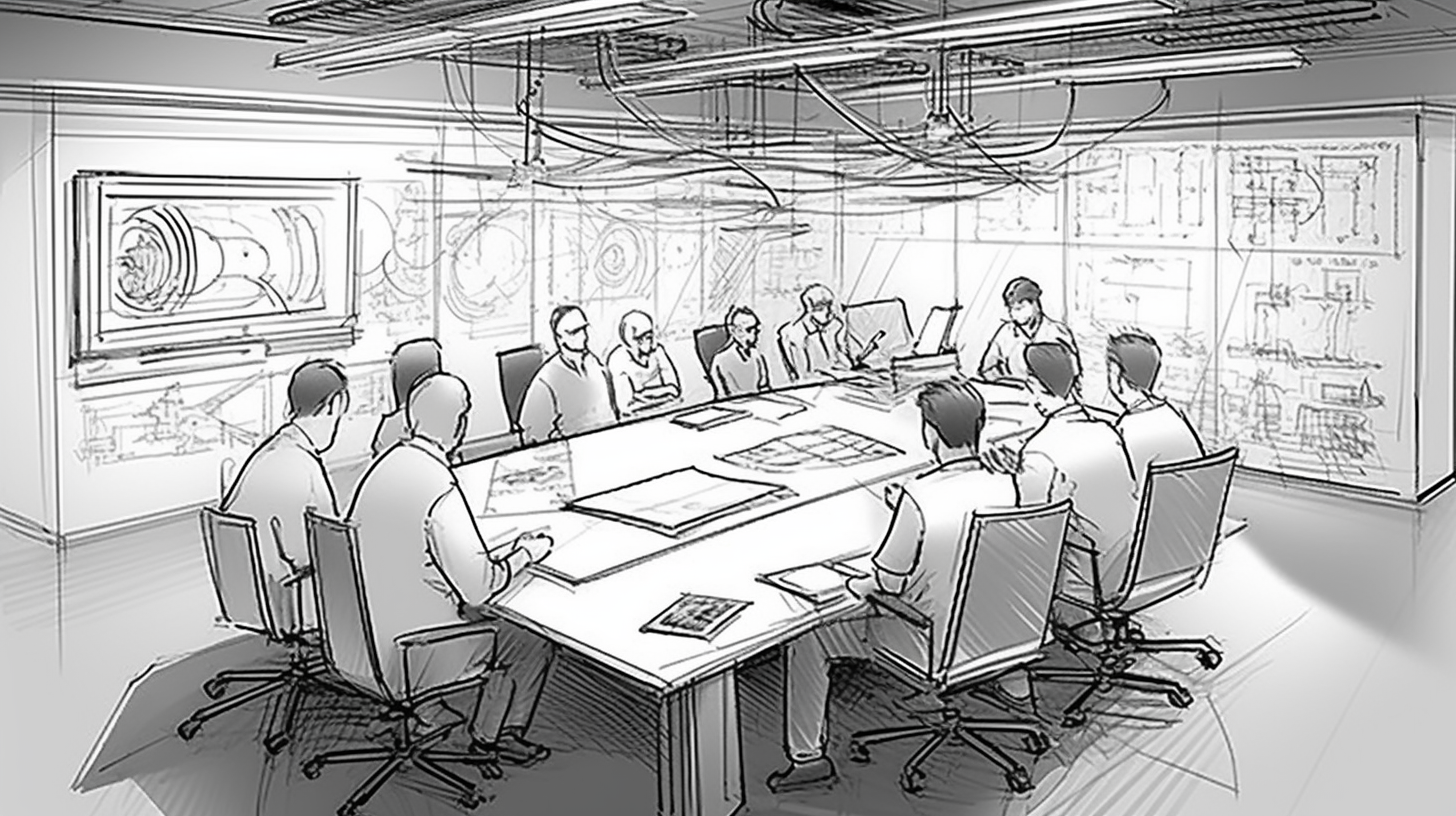Demystifying Change-Management Best Practices: A-OK for A+ Core 2

Good, good, good! If it isn't our hard-working CompTIA A+ Core 2 aspirants seeking to crack the notorious beast known as change-management best practices. Fasten your seat belts, we're plunging into this baffling subject, believe me, it's less daunting than it appears. When we finish, you will confidently march into the exam room humming a cheerful tune.
Tip of the Iceberg: Understanding Change Management
Okay, here we go! We should kick off with the fundamentals, correct? Plain and simple, change management involves a methodical process of implementing changes. This equals deciding to reshape your living space. You don't haphazardly begin splashing paint and shuffling furniture around. You meticulously plan, design, and carry out changes to avoid a chaotic Picasso-like after effect.
But don't merely trust my opinion. If you consult any IT expert, they'll confirm that change management is absolutely essential for an IT environment to function seamlessly. It aids in avoiding downtime, issues with service delivery, and a whole assortment of irksome problems that can wreck your day quicker than lukewarm java.
The Bread and Butter: Change-Management Best Practices
So, what's the secret sauce for nailing change management? Well there isn't one secret, but multiple! They come in the guise of best practices! Not as scary now, is it?
1. Proper Planning
The common adage rings true, if you don't plan, you're planning to fail. In the context of IT change management, this translates to possessing an intricate plan detailing what requires change, the reasons why, and the methodology. It's like drawing a map before you set off on a journey. A robust plan in place allows you to secure necessary authorization to initiate the change. It's far easier to sell folks on a well-thought-out plan than to peddle a half-baked pie in the sky.
2. Regular Communication
No man is an island, especially not in IT. Maintaining a regular, transparent, and succinct line of communication ensures complete information alignment within the team. Don't forget, communication is a two-way street – you should always take feedback and queries into account and address them. Nobody enjoys feeling like their shout is merely vanishing into the void.
3. Testing
Even the best-laid plans can go off the rails if you don't thoroughly test them. So, verify your change by testing it prior to implementation to ensure smooth operation. Then test it again. And maybe one more time for good measure. Better safe than sorry, right?
4. Evaluation
Post implementation of your plan, pause and review the process. Did the process unfold as planned? Were there any hiccups? Use this review to learn and improve future change-management plans. Remind yourself, every cloud has a silver lining, even it may not appear so initially.
Spreading the Word: Change-Management Education and Training
Though best practices are top-notch, their benefits match those of a candy teapot if no one knows how to implement them. This is where education and training come into play. An educated team is a well-oiled machine that can adapt to and implement change like it's no big deal. So, make like a teacher, and do your part in helping them understand each aspect of the change management process.
Indeed, folks, together we've traversed quite the journey! Having grasped the basics and delved deep into best practices, you are now in a strong position to tackle change management in the CompTIA A+ Core 2 (220-1102) exam confidently. Remember, practice makes perfect, communication is key, and a good plan will always light the way.
Let's exhale deeply, pat ourselves for making it this far, and prepare to ace the CompTIA A+ Core 2 exam with panache and flamboyance. Let's keep moving forward and ascend, comrades! Ciao for now!